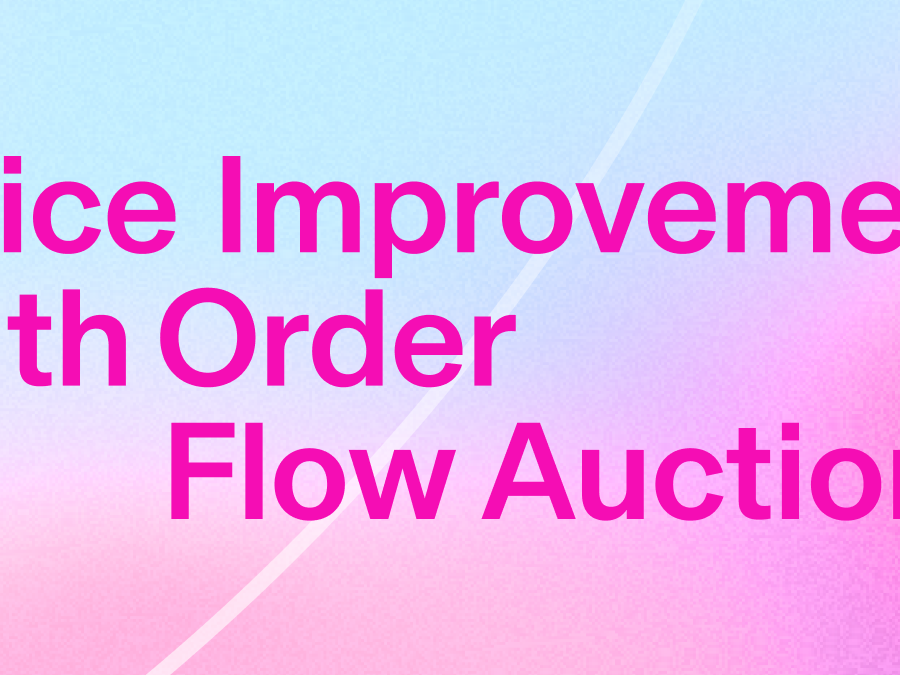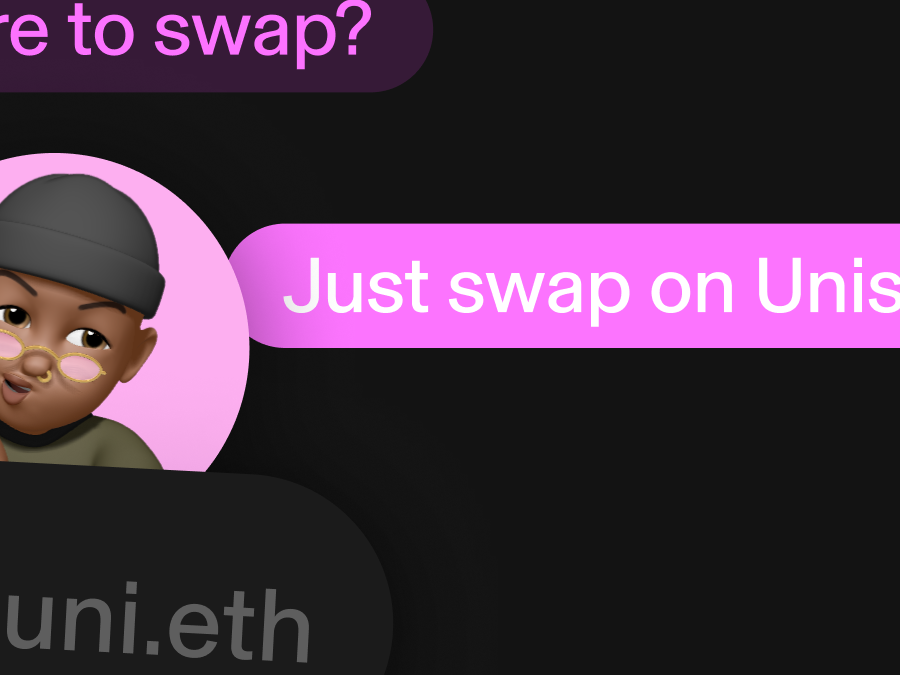By: Austin Adams, Mary-Catherine Lader, Gordon Liao, David Puth, Xin Wan
Read the full paper on SSRN or locally hosted here.
On-chain foreign exchange (FX) is a new model of global value exchange that offers a faster, cheaper, and more efficient alternative for cross-border payments for businesses and consumers — and address longstanding risks in the FX market.
This innovation, coupled with more user-friendly interfaces and improved fiat-to-stablecoin conversion capabilities, can benefit billions of underserved individuals worldwide through faster and cheaper transfers, and reduce intermediary steps. Research conducted by Uniswap Labs and Circle explores these topics in depth, including cross border payments, market structure, remittance, and more.
Based on data from Uniswap Protocol pools, the paper estimates that DeFi rails could reduce remittance costs by as much as 80%, saving unbanked and underbanked individuals $30 billion per year. For a $500 remittance, the cost of on-chain FX conversion and on/off-ramping is as low as $4.80, a small fraction relative to the average cost of remittance of $28.00 through banks and $19.04 through traditional remittance operators.
One example of on-chain FX is the trading of dollar and euro-denominated payment stablecoins issued by Circle, USD Coin (USDC) and Euro Coin (EUROC), on the Uniswap protocol. Since the launch of EUROC in July of 2022, on-chain exchange of the EUROC/USDC pair has surpassed $124 million dollars cumulatively as of January 12th, 2023, with daily volume as high as $8.6 million exchanged on a 24-7 basis.
Other benefits of on-chain FX exchange and settlements include:
- Atomic, payment-versus-payment (PvP) transactions, enabled through blockchains, can eliminate the settlement risk in which one leg of a transaction is settled without the other. This type of settlement risk, which exists in one-third of deliverable FX transactions or around $2.2 trillion on any given day, is highlighted by global regulators to pose financial stability concerns.
- On-chain FX transactions, coupled with blockchain analytics, decentralized identity solutions, and safeguards at the point of on and off-ramps, can improve market conduct and reduce the risks of benchmark rigging and market manipulation that have long plagued the FX market.
- Smart contract-based Automated Market Making protocols can utilize the balance sheet of passive asset owners as liquidity providers to facilitate always-on liquidity, deepen market depth, and reduce the risk of flash crashes.
- Near-instantaneous, low cost cross-border settlements can improve payments for global trade and commerce as well as benefit everyday users, such as migrant workers seeking to send remittance home.
Tokenized cash issuers and decentralized exchange protocols are key to realizing these benefits. Tokenized cash issuers serve as a bridge between fiat currencies and their tokenized forms. They must have trust, transparency, and appropriate guardrails in place to ensure backing of the cash tokens, provide redemption on demand, and prevent spillover risks. Decentralized exchange protocols facilitate the price discovery, risk exchange, and settlement of tokenized cash in one currency versus another. They must have proper mechanism design and implementation to ensure transparency, safety, and efficiency.
Regulators recognize that DeFi can be a solution to FX settlement, as evidenced by the recent launch of Project Mariana, a joint effort from the BIS, central banks of France, Singapore and Switzerland to explore cross-border Central Bank Digital Currency trading and settlements using DeFi protocols.
Lastly, we discuss why the need for regulatory clarity, improved user experience, and safer custody solutions currently presents barriers to broad adoption of on-chain foreign exchange.


